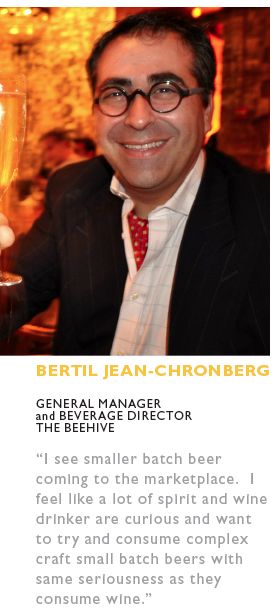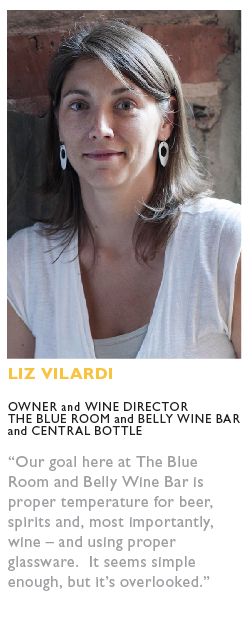2013 Trends
|
WE’VE asked and they’ve answered. In this industry, keeping up with brand introductions can be mind-boggling. From flavors to regions to styles, there’s something new to taste every day. Figuring out what drives your customers through the door, opens their wallets and brings them back for more can require a PhD in bar psychology. Luckily, with the collective wisdom of industry veterans, we learn a bit more about what’s taking shape behind the bar. BROWN SPIRITS While brandy struggles, premium Cognac is growing and becoming a bar staple. “I think the legitimacy of Cognac as a mixable base spirit is going to start to shine through in dark spirit based cocktails (i.e. the Sazerac, the Old Fashioned, etc.) and the conversation will expand from ‘would you like Rye or Bourbon’ to ‘would you like Rye, Bourbon or Cognac?’,” says Vikram Hegde. Indeed, the bar industry sees good things happening for the Rye category. Jason Babb remarks, “Going into 2O13, based on 2O12 late-in-the-year trends, there’s a major insurgence in the interest for rye whiskey. Not your grandfather’s jug of rye, but rye classic cocktails (i.e. Sazerac), high end ryes (Pappy Van Winkle) and simple rye drinks. We’ve recently added a low end, a mid range and a high end rye.” BARREL-AGING TAP THIS At Area Four in Boston, all of the wines are on tap. Rob Macey says, “In my experience, everybody wants something new. Tapped wine and spirits are a natural conversation starter. Sure, you’re not going to find an ’82 Bordeaux in an aluminum keg, but you can find more recent vintages of some interesting wines across the world. Spirits on tap intrigue me, too. I haven’t tried doing it yet, but I’m sure it would get people talking, as all over Boston tales are told of the Fernet Branca tap at Citizen Public House.” Brahm Callahan notes that the wine on tap trend has “been done but is still super cool because the quality of the wines we are seeing on tap is nothing like it used to be, also it a great profit center as the cost is cut way down and it is a green alternative as well.” Others, like Josh Childs wargue, “I’m personally not a fan of spirits or drinks on tap – that’s what I’m behind the bar for.” And wine experts like Vilardi feel it “compromises the integrity and the taste of the wine in my opinion. It works well with beer somehow, but not wine.” MADE IN-HOUSE This has also raised the profile of cocktails previously made with shelf-stable mixers to a whole new level. Childs says he’s been making ’8Os and ’9Os versions with a twist and using fresh ingredients, like an Amaretto Sour is made with good amaretto, fresh lemon juice and orange peel. Steve Schnelwar agrees, calling house made bar items a staple. “Hopefully we see more bartenders expanding their in house pantries. We’re an inherently creative bunch and it’s great to play and create.” And Tracy Witkin identifies this still-hot trend as an “homage and a pursuit of crafted cocktails, as it was done when the cocktail was first flourishing in American taverns and saloons. Good infusions, syrups and bitters can make a bar program great.” GETTING CRAFTY “Craft distilling is great – to an extent. As much as these small companies aspire to compete with the big multinational brands, just on a local scale, they will never undercut them in price. It’s economics. The quality might be better but at the end of the day restaurants have to make money,” says Josh Taylor. But trusting the bartender (or sommelier or beer expert) is enough for some consumers. Especially craft beer, which is more readily available on taps everywhere for a taste. Tellier sees a micro-trend taking shape in craft beer styles. “IPAs have had a huge following for awhile, but I wouldn’t be surprised if lagers started making a comeback.” Many bartenders like the creativity behind the local brands too. Fanny Katz mentions Element Brewing Company in Miller Falls for this reason. “Their beers are fantastic; they are bottle conditioned and are all about what we like – local, sustainable and interesting/unique.” BLENDER BEVERAGES Long seen as a staple at chain restaurants and vacation destinations, the Tiki revival has brought the blender in to a newly appreciated light. Several bars around town feature blenders drinks on special one night a week for fun, but many bartenders feel that for Boston, blenders are a summer appliance. But, points out Taylor, “When Drink gets a Slurpie machine then it will be cool year round.” And for Macey, this trend should be left alone in 2O13. SERVICE FIRST Part of this shift is also attributed to more knowledgeable drinkers. With social media making drink trends accessible at a customer’s fingertips, ordering specific cocktails and brands is more commonplace. “We see a lot of people with a greater understanding of spirits, classic cocktails, beer. It makes it fun to work behind the stick because people are constantly testing you and forcing you outside your comfort zone. It’s a great learning experience for everyone; depending on what side of the bar you’re on, you get to drink while you learn,” says Chris Olds. Sam Treadway sums it up best: “Mixology happens in the glass . . . bartending is everything else.” SURVEY SAYS . . . BREAKOUT SPIRITS Fortified wines, sherry, amari, Scotch, Cognac, artisanal liqueurs, rum, Japanese whisky, mezcal, rye, and Pisco
|
|
 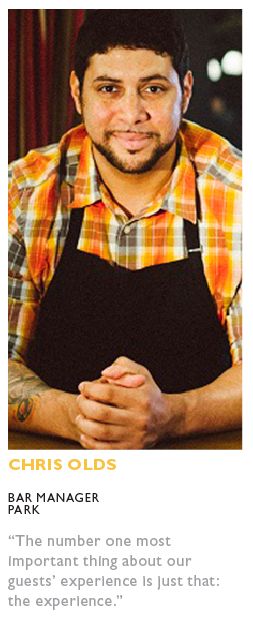 |
|
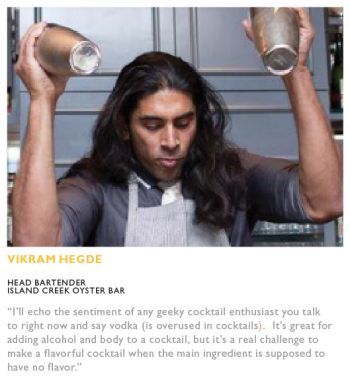 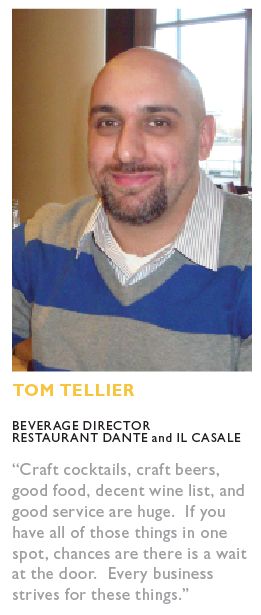 |
|
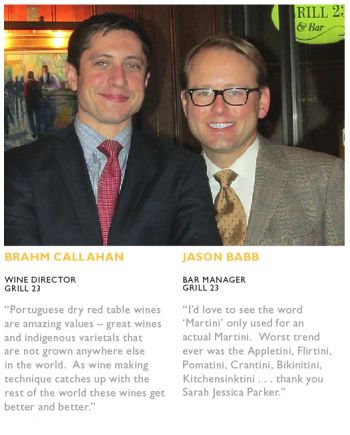 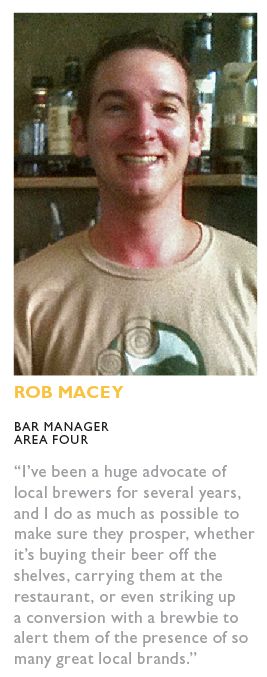 |
|
 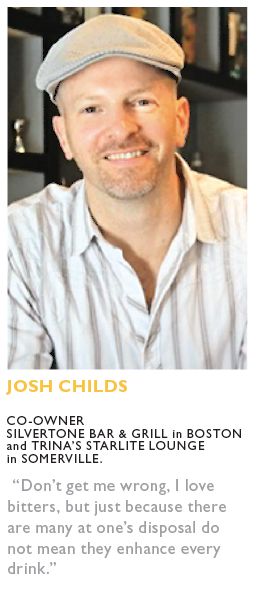 |
|
  |
|
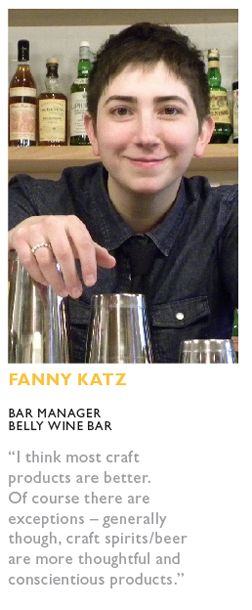  |


